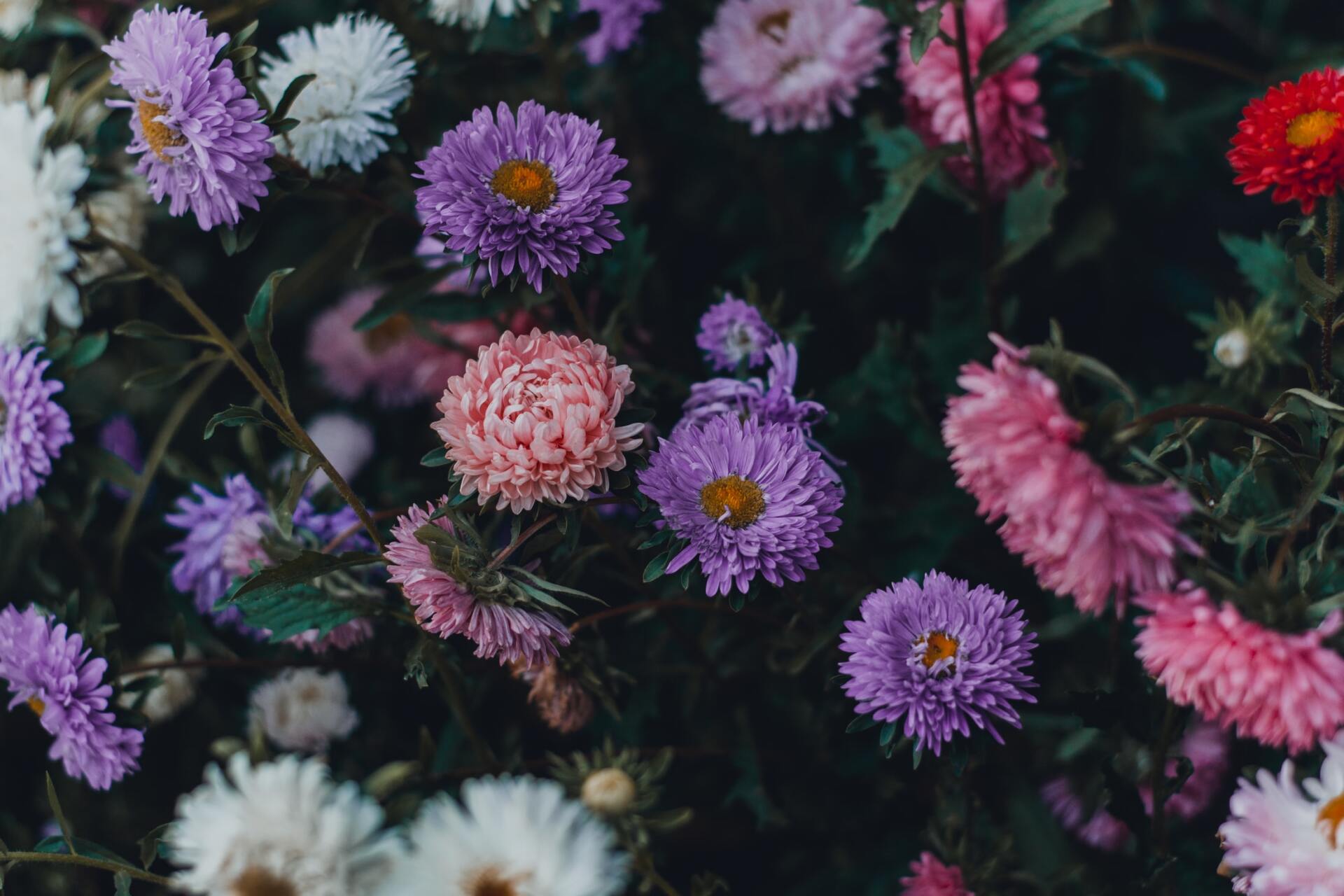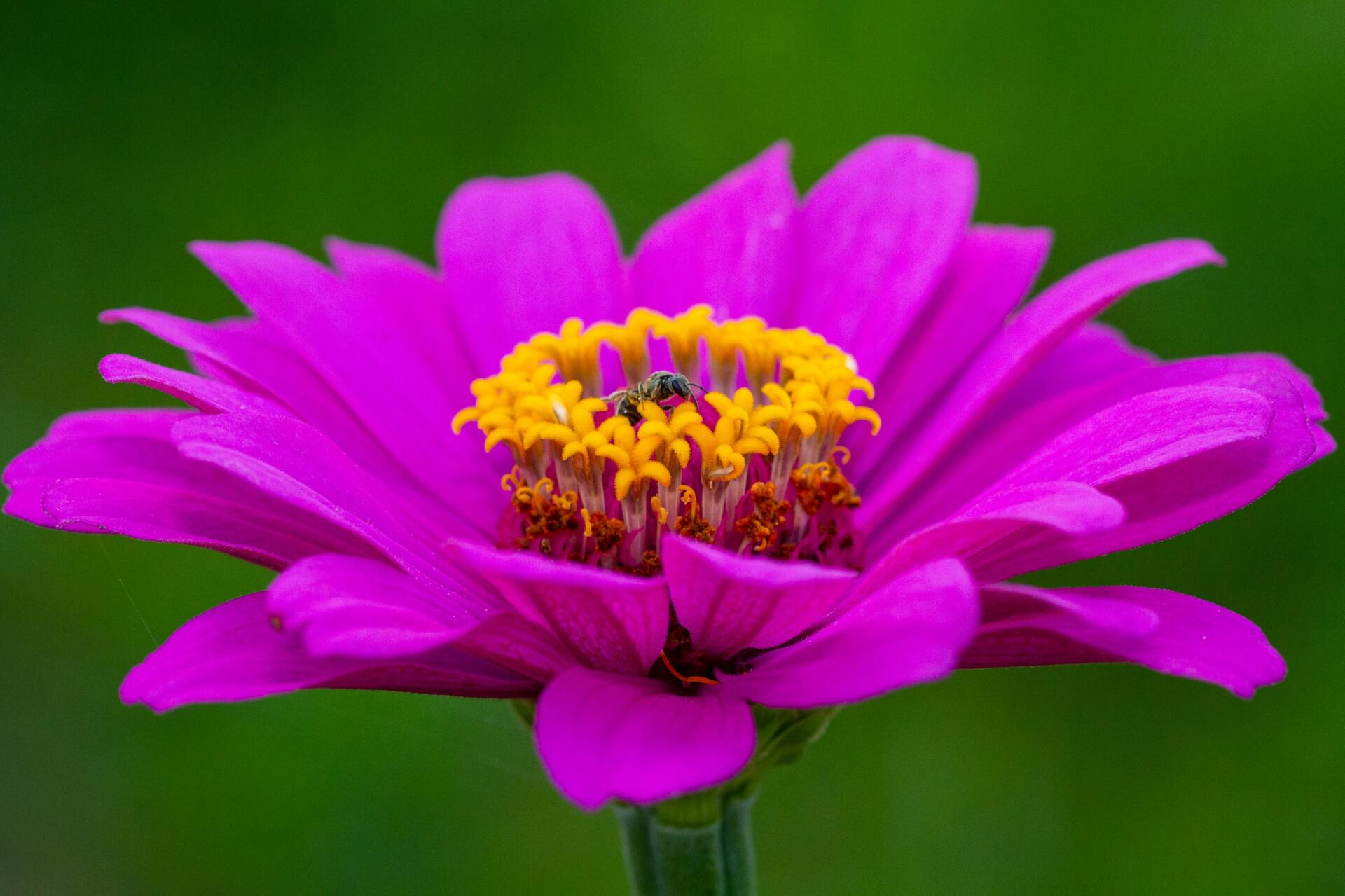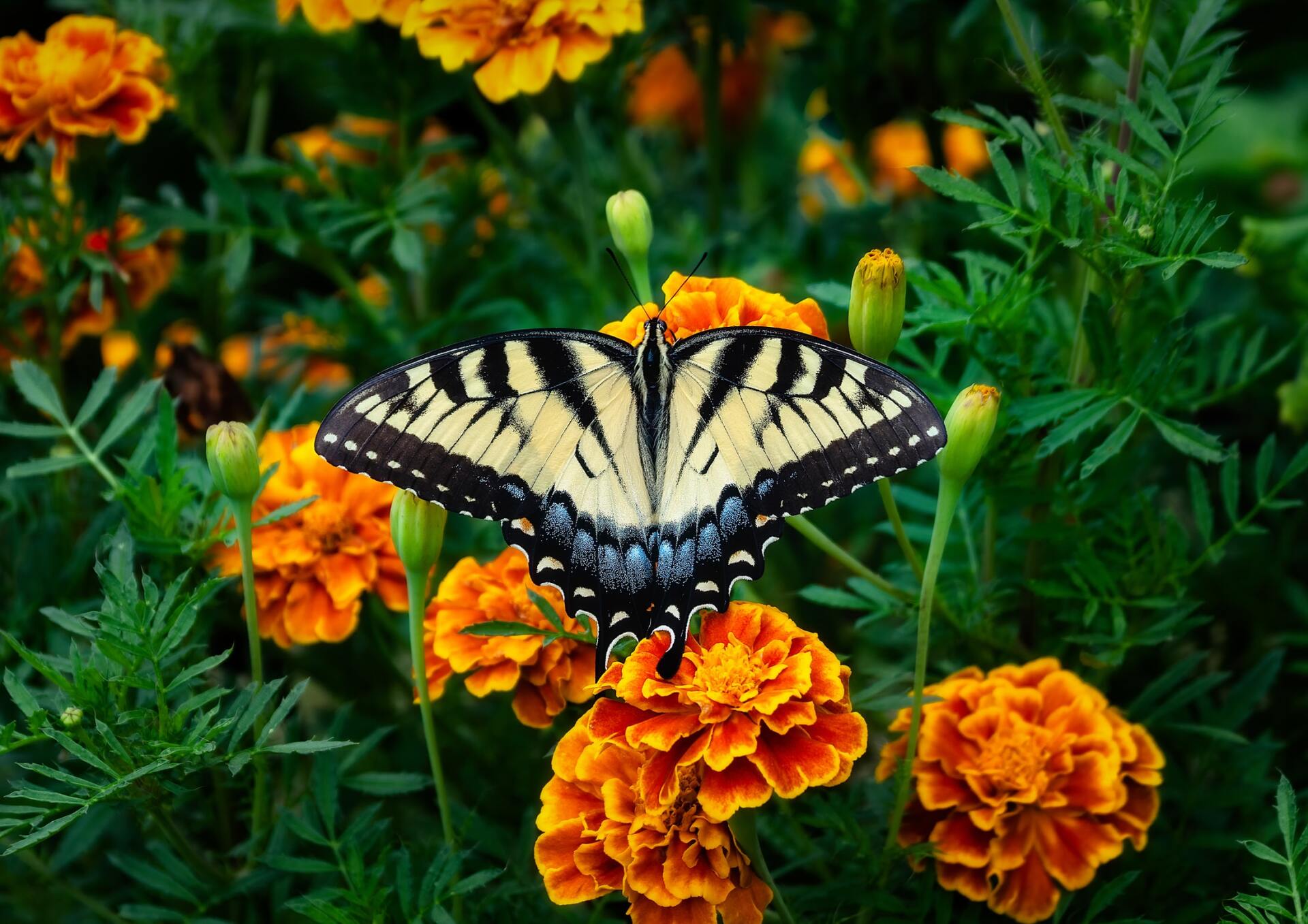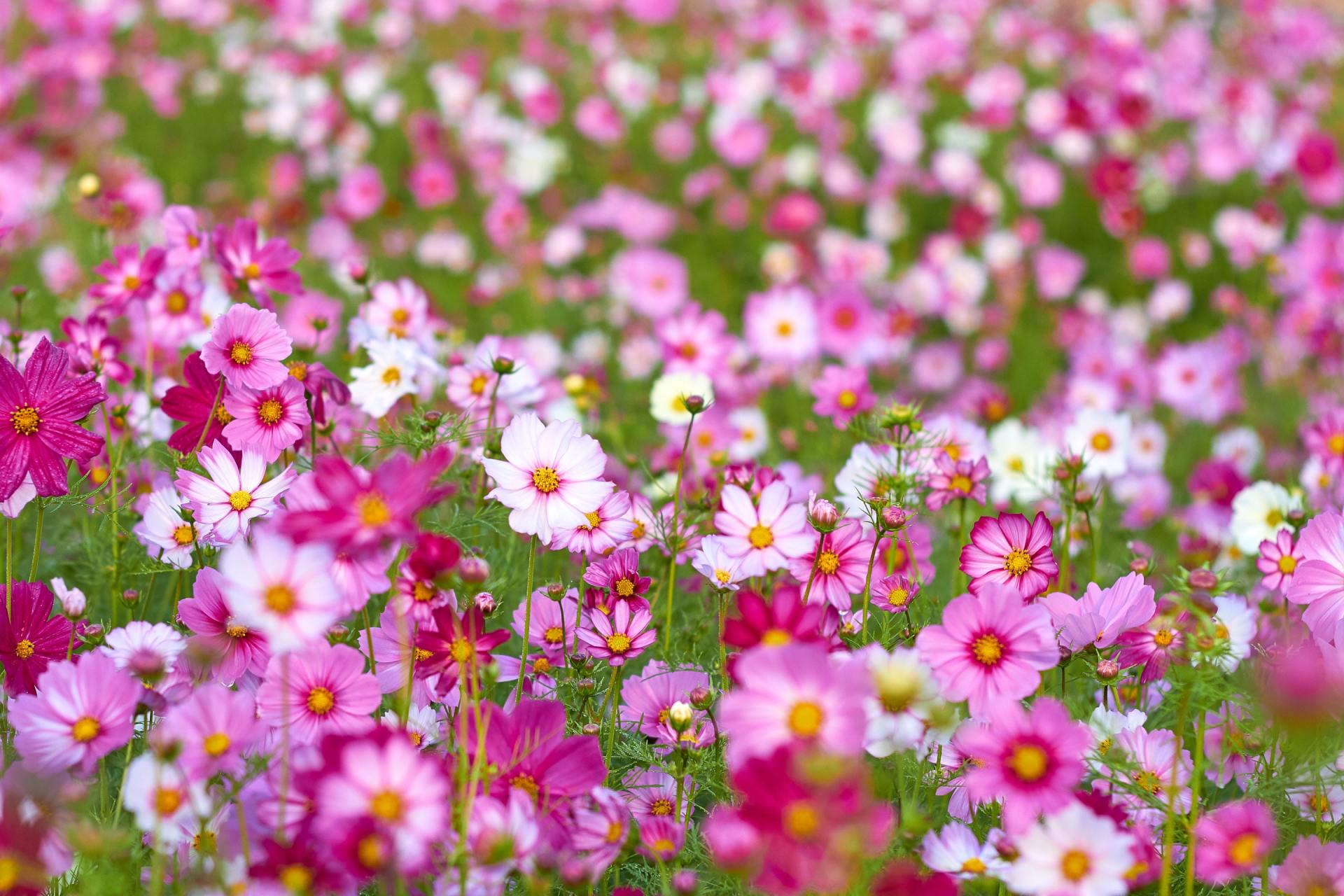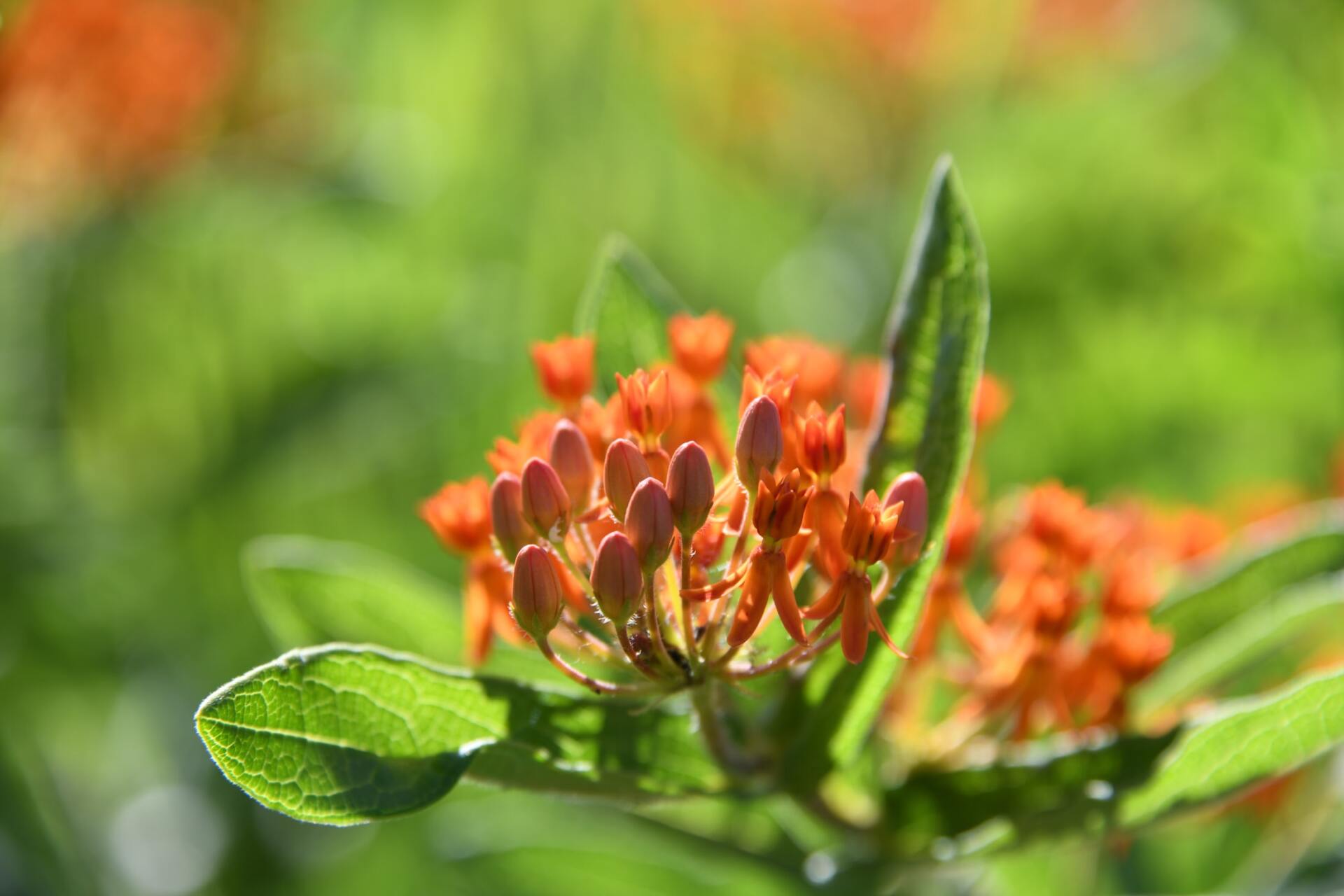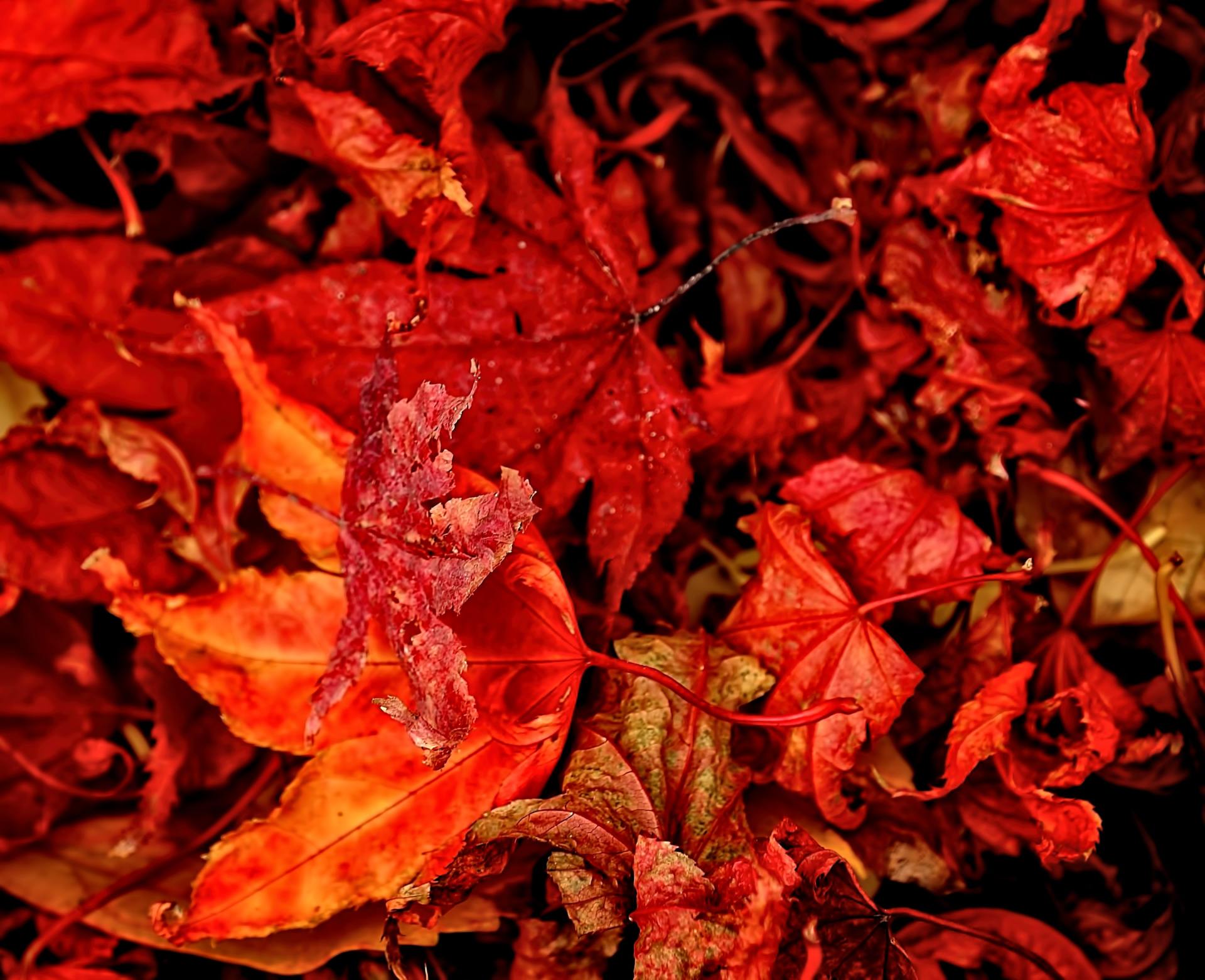GARDENING TIPS
HOW TO CREATE A BEAUTIFUL BUTTERFLY GARDEN
When Selecting Plants For Your Butterfly Garden
Always Choose Plants With Wide Flat Clusters Of
Brightly Coloured Fragrant Flowers Not All Of The Plants In Your Garden Have To Be Specific To The Butterflies In Your Area
Butterflies Are Attracted
To Bright Colours
So Always Consider This When You’re Choosing Plants
Butterflies Especially Like
Purple - Pink - Orange - Yellow
Flowers However Some Butterflies
Can’t See The Colour Red
So Be Sure That’s Not The Only Colour You Plant
Also The Fragrance Of The Flowers Will Also Help Attract
The Butterflies To The Garden
When Selecting Plants For Your Butterfly Garden
Always Choose Plants With Wide Flat Clusters Of
Brightly Coloured Fragrant Flowers Not All Of The Plants In Your Garden Have To Be Specific To The Butterflies In Your Area
Butterflies Are Attracted To Bright Colours
So Always Consider This When You’re Choosing Plants
Butterflies Especially Like
Purple - Pink - Orange - Yellow Flowers
However Some Butterflies Can’t See The Colour Red
So Be Sure That’s Not The Only Colour You Plant
Also The Fragrance Of The Flowers Will Also Help Attract
The Butterflies To The Garden

Slide title
Write your caption hereButton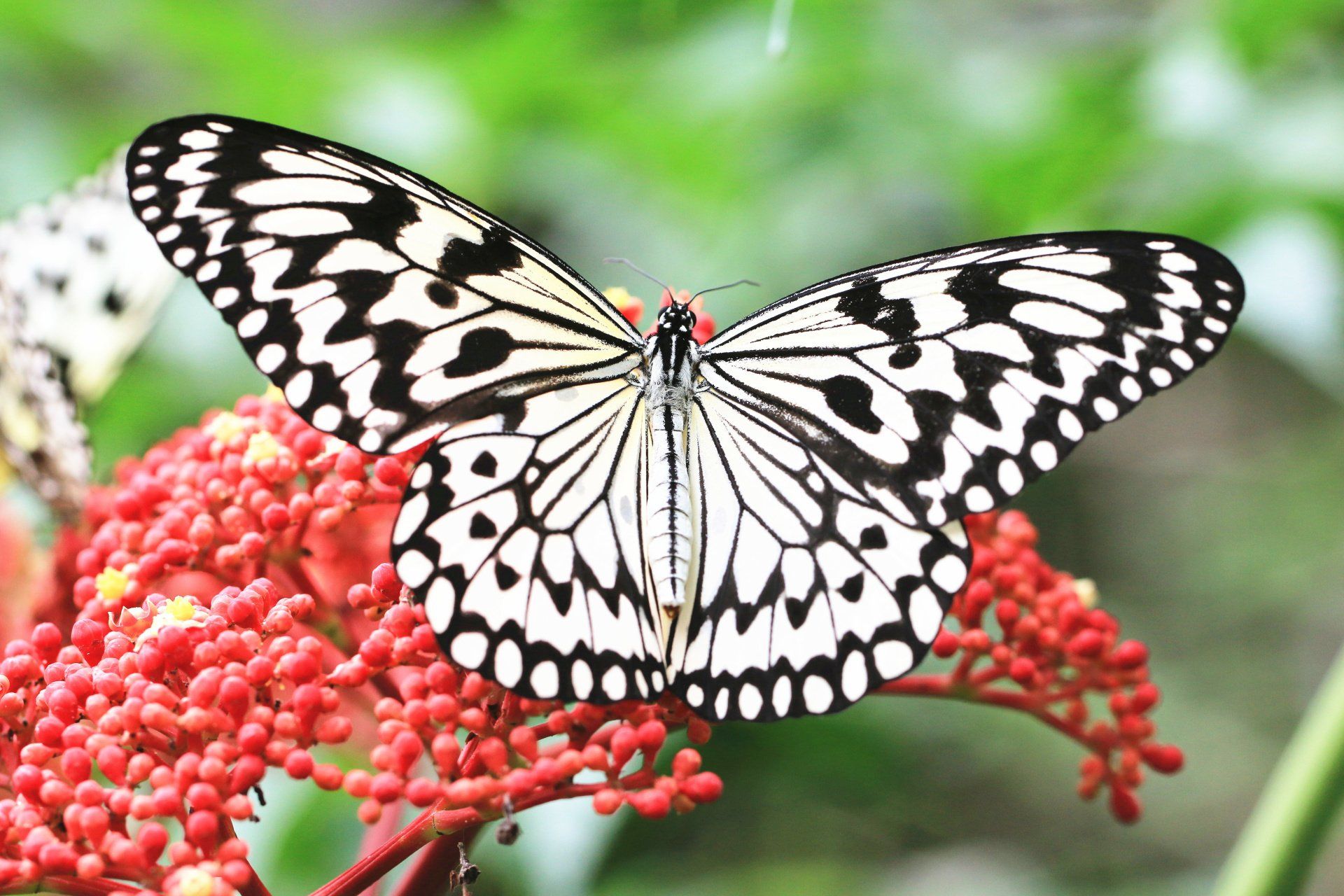
Slide title
Write your caption hereButton
Slide title
Write your caption hereButton
Slide title
Write your caption hereButton
Slide title
Write your caption hereButton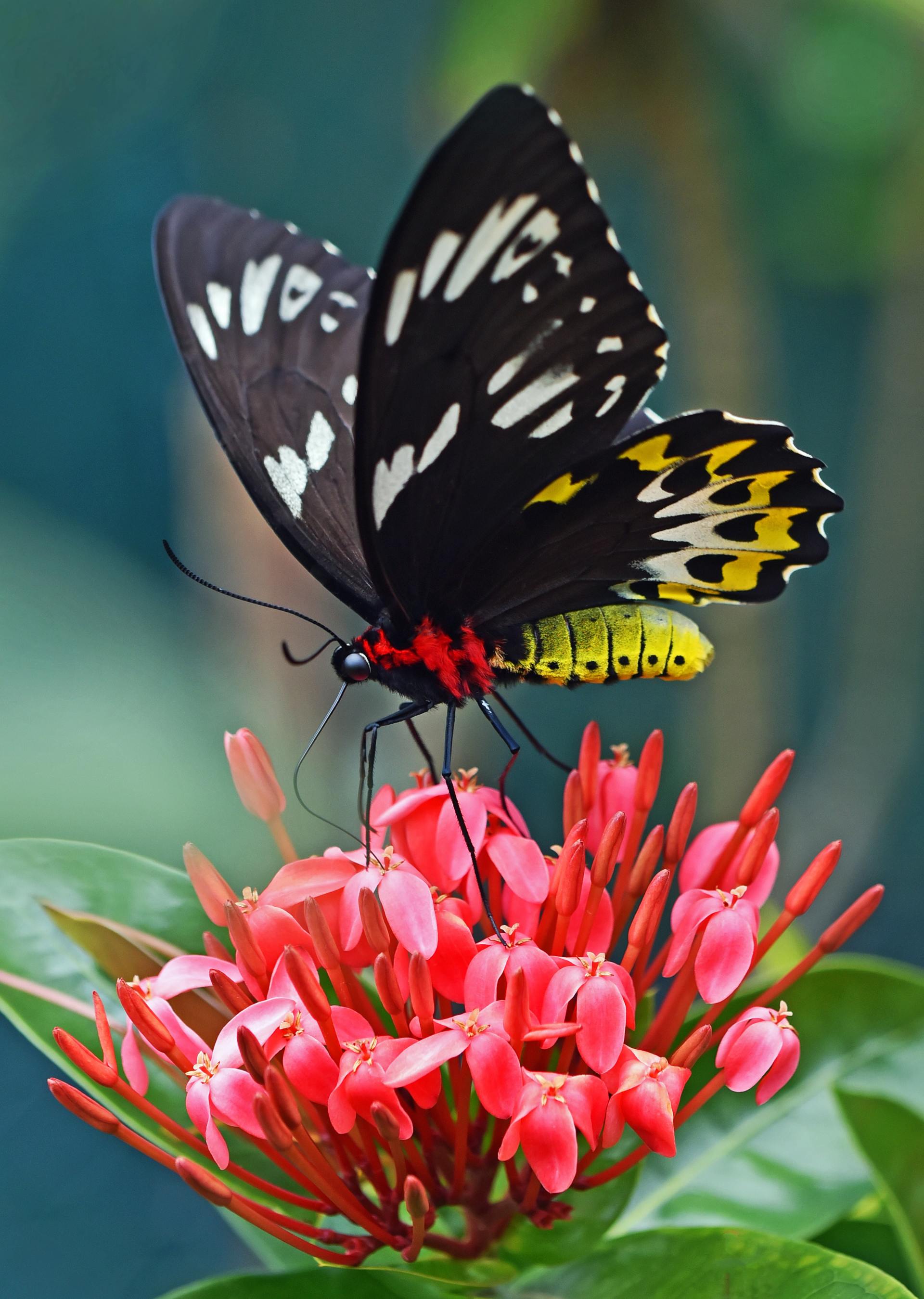
Slide title
Write your caption hereButton
Plant A Variety Of Nectar Plants For Your Butterflies To Feed On
Adult Butterflies Get Most Of Their Food & Moisture From The Nectar
Produced By Certain Flowers While Some Species Prefer Some Plants Over Others
Butterflies Will Often Feed On Any Nectar-Producing Plants
Especially Those With Brightly-Colored Flowers
Some Popular Nectar-Producing Plants That Will Attract Butterflies Include
Purple Coneflowers - Milkweed - Butterfly Weed
Asters - Marigold - Zinnia - Cosmos - Lantana
SUMMER GARDEN TIPS
December Is The Month We
Welcome In Summer...
We Take A Big Sigh & Look Forward To The Summer Months Ahead...
We Have All Had Our Challenges This Year...
The Summer Days Are Longer & We Spend These Beautiful
Days & Nights
Outdoors Entertaining With Families & Friends
Leading Up Into Our Wonderful Festive Christmas Celebrations
So Our Summer Months Are So Important To Have
Our Gardens & Entertaining Areas Looking Pristine For All Your Family & Friends To Enjoy
The Reward OF All Those Hard Working Hours You Have Spent
During The Cooler Months Creating Your Landscaped & Garden Areas To Be The Centre Piece Display Of Your Entertaining During The Warmer Months...
"GARDEN TO DO LIST"
Good Preparation Is Critical For Your Garden To Survive The Wilting Effects Of The
Aussie Summer
Summer Means Different Things To Different Gardeners
While Many Southern & Central Regions Bake Dry
For Instance, The Steamy Top End Is Rejuvenated By Drenching Storms
But For All Of Us Summer Brings Common Challenges Such As
Dividing Time & Effort Between Keeping Our Gardens
In Good Shape & Enjoying Them During The Summer Holidays
1. TAKE CARE OF BUDDING PLANTS
Does Your Camellia Drop Its
Buds & Flowers?
As Camellias Initiate Budding In Summertime Sudden Loss Of Buds & Flowers Is Often A Consequence Of The Plants Drying Out Particularly When They Are Growing In Containers Mulch & Water Deeply Once Or Twice Weekly
During Hot Dry Weather
To Limit This Common & Irritating Problem
2. HELP POTS TO STAY COOL
Potted Plants Especially Those In Terracotta Pots Are Vulnerable To Overheating Lightly Mulch & Where Possible Position Them Out Of Hot Western Sunshine
Remember That Standing Potted Plants In Saucers Of Water
Encourages Root Rot & Mosquito Breeding Instead Stand Them In Saucers Filled With Sand &
Keep The Sand Moist
This Ensures Roots Stay Cool & Plants Remain Healthy
If Potted Plants Dry Out To The Point Where Re-Wetting Is Hard
Soak Them In A Bucket Of Water For Half A Hour Then Drain.
3. WATER EARLY TO AVERT MILDEW
Water In The Cool Of The Day
The Best Time To Water Your Garden Is Morning
But If You Water In The Afternoon Allow Enough Time
For Foliage To Dry Out Before Sunset This Reduces
The Risk Of Mildew & Other Fungi Attacking Leaves & There
Is Less Chance You Will Get Caught By The Evening Shift Of
Mosquitoes Or Flies
Mildew Frequently Attacks Roses - Pumpkin - Melon - Zucchini - Cucumber
Spray Plants Weekly With A Solution
Made From One Part Cow's Milk To 10 Parts Water
Repeat After Heavy Rain Or Irrigation
This Remedy Won't Reverse Mildew Damage But It's An Effective Preventative
4. ADD NUTRIENTS TO THE WATER
If You Can Only Water Occasionally Try To Water Plants Deeply & Use
That Opportunity To Simultaneously Feed & Correct Mineral Deficiencies
Apply A Soluble Fertiliser With Added Seaweed
Water In Potash Around The Base Of Fruit Trees
Especially Citrus - Banana - Lychee To Improve Fruit Flavour & Juiciness
The Potassium In Potash Is Also Important For Controlling
Anthracnose Disease Of
Avocado & Mango
It Generally Helps To Improve Plant Vigour & Resistance
To Foliar Fungi
5. KEEP THE LAWN LONG AND LUSH
Caring For Your Lawn During Summer & Drought Conditions
While Using Minimal Water
Is Possible
Brown Bare Weed-Infested Lawns Are Symptoms Of Scalping
Which Means Cutting Lawns Too Low It Is A Misconception
That Cutting Lawns Low Reduces The Cutting Frequency
Instead Mow Lawns As High As Your Mower Permits
Longer Turf Wears Better But Most Important Of All
A Thick Sward Suppresses Pernicious Weeds Such As Oxalis & Bindii
Fresh Lawn Clippings Are Great For Activating Compost Heaps & Mulching Shrub
But Only When Applied In A Thin Layer Up To 5cm Deep
A Thicker Layers Can Burn Leaves
Keep Lawn Lush By Foliar Feeding With Seaweed Tonic
Once Monthly & Apply One Handful Of Poultry Manure
Per Square Metre Each Season Before Rain Or Irrigation
Allow 2 Weeks For This To Green Your Lawn & For
The Odour To Disappear Before Having A Garden Party!
6. KEEP THE WATER FLOWING
Check That Hoses & Irrigation Systems Are Free Of Leaks & Unblock The Nozzles
Clear Debris From Gutters So That Every Shower
Funnels Extra Water Into Your Rainwater Tank
Do You Need
Another Rainwater Tank?
Use Mosquito Mesh To Stop Mosquitoes & Frogs From Entering Tanks & Pipes
7. DO HARD WORK WHEN IT’S COOL
It Is Safer & You're More Likely To Do A Better Job
If You Complete Energetic Work Such As Mowing
In The Cool Of The Day Either Before 10am Or After 4pm
A Good Drink Of Water & A Smear Of Sunblock Are Prerequisites
Because That One Five-Minute Job Often Leads To Another & Another
Sunblock Takes 15 Minutes To Create Its Protective Layer
So Use That Time To Plan Your Day In The Garden
Don't Forget Your Hat & Sunnies too & If You Do Get Burned
Nothing Beats The Cooling Healing Effect Of Fresh Juice Of Aloe Vera
Save Some Light Tasks Such As Weeding Or Propagating
To Complete In The
Comfort Of A Shady Spot
8. PROTECT NEW PLANTINGS
Freshly Planted Vegetable & Flower Seedlings
Are Likely To Need A Bit Of Sun Hardening
Shelter Them With 50 Per Cent Shade Cloth Or Old Net Curtains
9. PLAN SHADE STRATEGICALLY
Northern Boundaries May Benefit From Some Extra Shade
But Will This Make A Solar Panel Or Hot Water System Inefficient?
Strategically Placing A Deciduous Tree - Vine Or Some Clumping Bamboo To Shield Your House & Garden From Searing Western Sunshine Is Often A Better Option
10. BOOST TRACE ELEMENTS
Magnesium Encourages Robust Growth & The Production Of Energy In Plants Gardenias & Roses In Particular Benefit From
Supplementary Magnesium In Summer Also Apply It To Cymbidium Orchids To Help Initiate Flower Buds Add 1 Heaped Tea Spoon Of Epsom Salts To 4.5 Litres Of Water Either Spray The Foliage Or Water It In At The Roots
If The Leaves Of Citrus - Banksia - Grevillea - Camellia - Azalea
Become Stunted & Mottled Yellow
Now Is Also The Time To Boost The Iron Content Of Soil
By Applying Iron Chelates This Acidifies Soil & Adds Iron Necessary For Healthy Growth & It Will Take A Month To See A Result
11. LOOK OUT FOR PESTS
In Australia Termites Perform The Same Beneficial Environmental Services As Earthworms & Activity Increases Where Soils Are Warm & Moist Most Species Are Disinclined To Attack Household & Garden Timber But Be On Guard For Pest Species & Keep Garden Tools
With Wooden Handles Hardwood Stakes & Other Timber Temptations Off The Ground Avoid Spreading Woodchip Closer Than 1m To Houses Or Timber Sheds & Keep Soil Dry In This Zone To Help Divert Their Foraging Protect Untreated Timber Such As Benches & Garden Bed Edging From Decay There Are Some Non-Toxic Products Around That Are Safe For Making Kids' Play Equipment & Raised Vegie Beds
12. USE YOUR TIME WISELY
Sometimes It Is Just Not Possible To Do Everything
You Want To Do In The Garden
If You Are Short On Time But Like Your Garden To Look Cared For
Some Fresh Mulch & A Few Strategically Placed Flowering Plants & A Freshly Edged Lawn Will Give Your Garden A Lift
If You Have A Bit More Time & Live In A Moist Area Place
Granular Fertilisers Such As Poultry Manure On The Soil &
Cover With Mulch
Apart From Keeping Soil Cool & Conserving Water
Mulch Stops Storm Water Washing Fertiliser Away
If You Have Plants Growing Among Hungry Trees
Give The Plants A Foliar Feed
So They Can Absorb The Nutrients Directly Rather Than The Tree Roots Getting To Them First
DON'T FORGET THE MULCH BENEFITS
A Layer Of Mulch Limits Moisture Loss From The Soil & Saves
You The Job Of Weeding - The Trick Is Getting The Depth Right Generally You Need A 50-75mm Layer But Only Mulch To About 50mm In Native Gardens
Or Gardens That Aren’t Irrigated
If The Mulch Is Too Thick
Rain Won’t Always Make It Down To The Soil
December Is The Month We Welcome In Summer...
We Take A Big Sigh & Look Forward To The Summer Months Ahead...
We Have All Had Our Challenges This Year...
The Summer Days Are Longer & We Spend These Beautiful Days & Nights
Outdoors Entertaining With Families & Friends
Leading Up Into Our Wonderful Festive Christmas Celebrations
So Our Summer Months Are So Important To Have
Our Gardens & Entertaining Areas Looking Pristine
For All Your Family & Friends To Enjoy
The Reward OF All Those Hard Working Hours You Have Spent
During The Cooler Months Creating Your Landscaped & Garden Areas
To Be The Centre Piece Display Of Your Entertaining During The Warmer Months...
"GARDEN TO DO LIST"
Good Preparation Is Critical For Your Garden To Survive
The Wilting Effects Of The Aussie Summer
Summer Means Different Things To Different Gardeners
While Many Southern & Central Regions Bake Dry
For Instance, The Steamy Top End Is Rejuvenated By Drenching Storms
But For All Of Us Summer Brings Common Challenges Such As
Dividing Time & Effort Between Keeping Our Gardens
In Good Shape & Enjoying Them During The Summer Holidays
1. TAKE CARE OF BUDDING PLANTS
Does Your Camellia Drop Its Buds & Flowers?
As Camellias Initiate Budding In Summertime Sudden Loss Of Buds & Flowers
Is Often A Consequence Of The Plants Drying Out Particularly When They Are Growing In Containers Mulch & Water Deeply Once Or Twice Weekly
During Hot Dry Weather To Limit This Common & Irritating Problem
2. HELP POTS TO STAY COOL
Potted Plants Especially Those In Terracotta Pots Are Vulnerable To Overheating
Lightly Mulch & Where Possible Position Them Out Of Hot Western Sunshine
Remember That Standing Potted Plants In Saucers Of Water
Encourages Root Rot & Mosquito Breeding
Instead Stand Them In Saucers Filled With Sand & Keep The Sand Moist
This Ensures Roots Stay Cool & Plants Remain Healthy
If Potted Plants Dry Out To The Point Where Re-Wetting Is Hard
Soak Them In A Bucket Of Water For Half A Hour Then Drain.
3. WATER EARLY TO AVERT MILDEW
Water In The Cool Of The Day
The Best Time To Water Your Garden Is Morning
But If You Water In The Afternoon Allow Enough Time
For Foliage To Dry Out Before Sunset This Reduces
The Risk Of Mildew & Other Fungi Attacking Leaves & There
Is Less Chance You Will Get Caught By The Evening Shift Of Mosquitoes Or Flies
Mildew Frequently Attacks Roses - Pumpkin - Melon - Zucchini - Cucumber
Spray Plants Weekly With A Solution
Made From One Part Cow's Milk To 10 Parts Water
Repeat After Heavy Rain Or Irrigation
This Remedy Won't Reverse Mildew Damage But It's An Effective Preventative
4. ADD NUTRIENTS TO THE WATER
If You Can Only Water Occasionally Try To Water Plants Deeply & Use
That Opportunity To Simultaneously Feed & Correct Mineral Deficiencies
Apply A Soluble Fertiliser With Added Seaweed
Water In Potash Around The Base Of Fruit Trees
Especially Citrus - Banana - Lychee To Improve Fruit Flavour & Juiciness
The Potassium In Potash Is Also Important For Controlling
Anthracnose Disease Of Avocado & Mango
It Generally Helps To Improve Plant Vigour & Resistance To Foliar Fungi
5. KEEP THE LAWN LONG AND LUSH
Caring For Your Lawn During Summer & Drought Conditions
While Using Minimal Water Is Possible
Brown Bare Weed-Infested Lawns Are Symptoms Of Scalping
Which Means Cutting Lawns Too Low It Is A Misconception
That Cutting Lawns Low Reduces The Cutting Frequency
Instead Mow Lawns As High As Your Mower Permits
Longer Turf Wears Better But Most Important Of All
A Thick Sward Suppresses Pernicious Weeds Such As Oxalis & Bindii
Fresh Lawn Clippings Are Great For Activating Compost Heaps & Mulching Shrub
But Only When Applied In A Thin Layer Up To 5cm Deep
A Thicker Layers Can Burn Leaves
Keep Lawn Lush By Foliar Feeding With Seaweed Tonic
Once Monthly & Apply One Handful Of Poultry Manure
Per Square Metre Each Season Before Rain Or Irrigation
Allow 2 Weeks For This To Green Your Lawn & For
The Odour To Disappear Before Having A Garden Party!
6. KEEP THE WATER FLOWING
Check That Hoses & Irrigation Systems Are Free Of Leaks & Unblock The Nozzles
Clear Debris From Gutters So That Every Shower
Funnels Extra Water Into Your Rainwater Tank
Do You Need Another Rainwater Tank?
Use Mosquito Mesh To Stop Mosquitoes & Frogs From Entering Tanks & Pipes
7. DO HARD WORK WHEN IT’S COOL
It Is Safer & You're More Likely To Do A Better Job
If You Complete Energetic Work Such As Mowing
In The Cool Of The Day Either Before 10am Or After 4pm
A Good Drink Of Water & A Smear Of Sunblock Are Prerequisites
Because That One Five-Minute Job Often Leads To Another & Another
Sunblock Takes 15 Minutes To Create Its Protective Layer
So Use That Time To Plan Your Day In The Garden
Don't Forget Your Hat & Sunnies too & If You Do Get Burned
Nothing Beats The Cooling Healing Effect Of Fresh Juice Of Aloe Vera
Save Some Light Tasks Such As Weeding Or Propagating
To Complete In The Comfort Of A Shady Spot
8. PROTECT NEW PLANTINGS
Freshly Planted Vegetable & Flower Seedlings
Are Likely To Need A Bit Of Sun Hardening
Shelter Them With 50 Per Cent Shade Cloth Or Old Net Curtains
9. PLAN SHADE STRATEGICALLY
Northern Boundaries May Benefit From Some Extra Shade
But Will This Make A Solar Panel Or Hot Water System Inefficient?
Strategically Placing A Deciduous Tree - Vine Or Some Clumping Bamboo To Shield Your House & Garden From Searing Western Sunshine
Is Often A Better Option
10. BOOST TRACE ELEMENTS
Magnesium Encourages Robust Growth &
The Production Of Energy In Plants
Gardenias & Roses In Particular Benefit From
Supplementary Magnesium In Summer
Also Apply It To Cymbidium Orchids To Help Initiate Flower Buds
Add 1 Heaped Tea Spoon Of Epsom Salts To 4.5 Litres Of Water
Either Spray The Foliage Or Water It In At The Roots
If The Leaves Of Citrus - Banksia - Grevillea - Camellia - Azalea
Become Stunted & Mottled Yellow
Now Is Also The Time To Boost The Iron Content Of Soil
By Applying Iron Chelates This Acidifies Soil & Adds Iron Necessary
For Healthy Growth & It Will Take A Month To See A Result
11. LOOK OUT FOR PESTS
In Australia Termites Perform The Same Beneficial Environmental Services
As Earthworms & Activity Increases Where Soils Are Warm & Moist
Most Species Are Disinclined To Attack Household & Garden Timber
But Be On Guard For Pest Species & Keep Garden Tools
With Wooden Handles Hardwood Stakes &
Other Timber Temptations Off The Ground
Avoid Spreading Woodchip Closer Than 1m To Houses Or Timber Sheds
& Keep Soil Dry In This Zone To Help Divert Their Foraging
Protect Untreated Timber Such As Benches & Garden Bed Edging From Decay
There Are Some Non-Toxic Products Around That Are Safe
For Making Kids' Play Equipment & Raised Vegie Beds
12. USE YOUR TIME WISELY
Sometimes It Is Just Not Possible To Do Everything
You Want To Do In The Garden
If You Are Short On Time But Like Your Garden To Look Cared For
Some Fresh Mulch & A Few Strategically Placed Flowering Plants
& A Freshly Edged Lawn Will Give Your Garden A Lift
If You Have A Bit More Time & Live In A Moist Area Place
Granular Fertilisers Such As Poultry Manure On The Soil &
Cover With Mulch
Apart From Keeping Soil Cool & Conserving Water
Mulch Stops Storm Water Washing Fertiliser Away
If You Have Plants Growing Among Hungry Trees
Give The Plants A Foliar Feed
So They Can Absorb The Nutrients Directly
Rather Than The Tree Roots Getting To Them First
DON'T FORGET THE MULCH BENEFITS
A Layer Of Mulch Limits Moisture Loss From The Soil & Saves
You The Job Of Weeding - The Trick Is Getting
The Depth Right Generally You Need A 50-75mm Layer
But Only Mulch To About 50mm In Native Gardens
Or Gardens That Aren’t Irrigated
If The Mulch Is Too Thick Rain Won’t Always Make It Down To The Soil
OPEN 7 DAYS
- Monday
- -
- Tuesday
- -
- Wednesday
- -
- Thursday
- -
- Friday
- -
- Saturday
- -
- Sunday
- -
CALL US TODAY
GARDEN SUPPLIES ENQUIRIES
Address: 20 Wanganui Road, Shepparton VIC 3630
Servicing Shepparton & Surrounding Areas
CALL US TODAY
EARTHMOVING & DRAINAGE ENQUIRIES
Address: 20 Wanganui Road, Shepparton VIC 3630
Servicing Shepparton & Surrounding Areas
OPEN 7 DAYS
- Monday
- -
- Tuesday
- -
- Wednesday
- -
- Thursday
- -
- Friday
- -
- Saturday
- -
- Sunday
- -
CALL US TODAY
GARDEN SUPPLIES ENQUIRIES
Address: 20 Wanganui Road, Shepparton VIC 3630
Servicing Shepparton & Surrounding Areas
CALL US TODAY
EARTHMOVING & DRAINAGE ENQUIRIES
Address: 20 Wanganui Road, Shepparton VIC 3630
Servicing Shepparton & Surrounding Areas
OPEN 7 DAYS
- Monday
- -
- Tuesday
- -
- Wednesday
- -
- Thursday
- -
- Friday
- -
- Saturday
- -
- Sunday
- -


